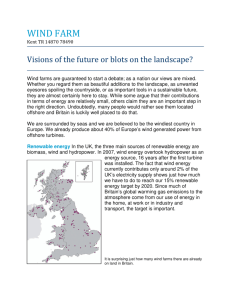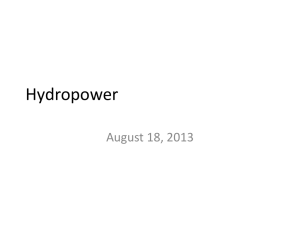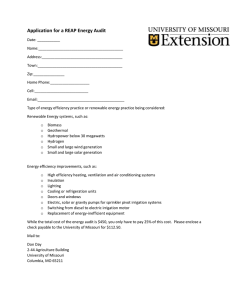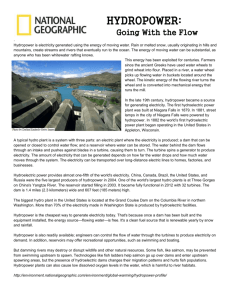Renewable: 1: capable of being replaced by natural
advertisement
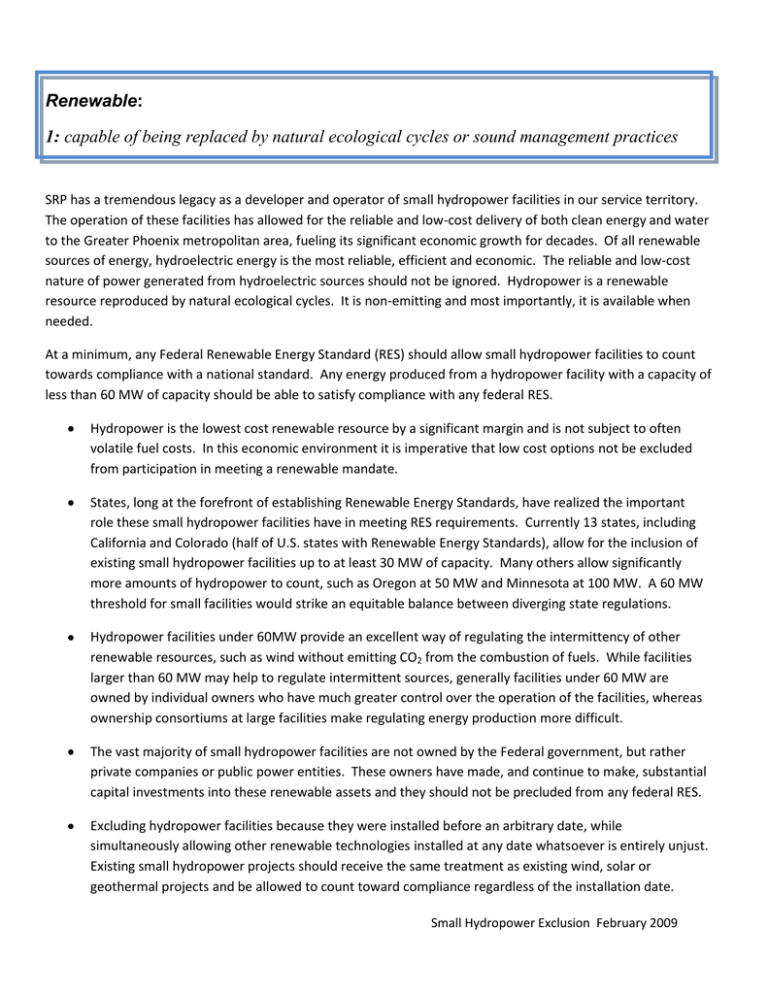
Renewable: 1: capable of being replaced by natural ecological cycles or sound management practices SRP has a tremendous legacy as a developer and operator of small hydropower facilities in our service territory. The operation of these facilities has allowed for the reliable and low-cost delivery of both clean energy and water to the Greater Phoenix metropolitan area, fueling its significant economic growth for decades. Of all renewable sources of energy, hydroelectric energy is the most reliable, efficient and economic. The reliable and low-cost nature of power generated from hydroelectric sources should not be ignored. Hydropower is a renewable resource reproduced by natural ecological cycles. It is non-emitting and most importantly, it is available when needed. At a minimum, any Federal Renewable Energy Standard (RES) should allow small hydropower facilities to count towards compliance with a national standard. Any energy produced from a hydropower facility with a capacity of less than 60 MW of capacity should be able to satisfy compliance with any federal RES. Hydropower is the lowest cost renewable resource by a significant margin and is not subject to often volatile fuel costs. In this economic environment it is imperative that low cost options not be excluded from participation in meeting a renewable mandate. States, long at the forefront of establishing Renewable Energy Standards, have realized the important role these small hydropower facilities have in meeting RES requirements. Currently 13 states, including California and Colorado (half of U.S. states with Renewable Energy Standards), allow for the inclusion of existing small hydropower facilities up to at least 30 MW of capacity. Many others allow significantly more amounts of hydropower to count, such as Oregon at 50 MW and Minnesota at 100 MW. A 60 MW threshold for small facilities would strike an equitable balance between diverging state regulations. Hydropower facilities under 60MW provide an excellent way of regulating the intermittency of other renewable resources, such as wind without emitting CO2 from the combustion of fuels. While facilities larger than 60 MW may help to regulate intermittent sources, generally facilities under 60 MW are owned by individual owners who have much greater control over the operation of the facilities, whereas ownership consortiums at large facilities make regulating energy production more difficult. The vast majority of small hydropower facilities are not owned by the Federal government, but rather private companies or public power entities. These owners have made, and continue to make, substantial capital investments into these renewable assets and they should not be precluded from any federal RES. Excluding hydropower facilities because they were installed before an arbitrary date, while simultaneously allowing other renewable technologies installed at any date whatsoever is entirely unjust. Existing small hydropower projects should receive the same treatment as existing wind, solar or geothermal projects and be allowed to count toward compliance regardless of the installation date. Small Hydropower Exclusion February 2009 Other points on hydropower generation (in general): As a source of electricity, hydropower is advantageous in that the fuel costs nothing similar to solar). In addition, hydro facilities have low operating and maintenance costs, and their useful lifetime is well over 50 years. From an environmental perspective, hydro is a clean, renewable fuel, and responsible providers manage dam operations to protect the aquatic environment. Hydropower does not experience rising or unstable fuel costs. From 1985 to 1990 the cost of operating a hydropower plant grew at less than the rate of inflation. Hydropower is the most efficient way to generate electricity. Modern hydro turbines can convert as much as 90% of the available energy into electricity. The best fossil fuel plants are only about 50% efficient. Hydro generation has a natural form of electricity storage, and has black start capability Hydro electricity does not emit greenhouse gasses Water is a naturally recurring domestic product and is not subject to the whims of foreign suppliers. Hydro operators provide many recreation facilities at their hydropower projects including boat landings, swimming beaches, fisheries and fishing piers, hiking and nature trails, canoe portages, and parking facilities Small Hydropower Exclusion February 2009

